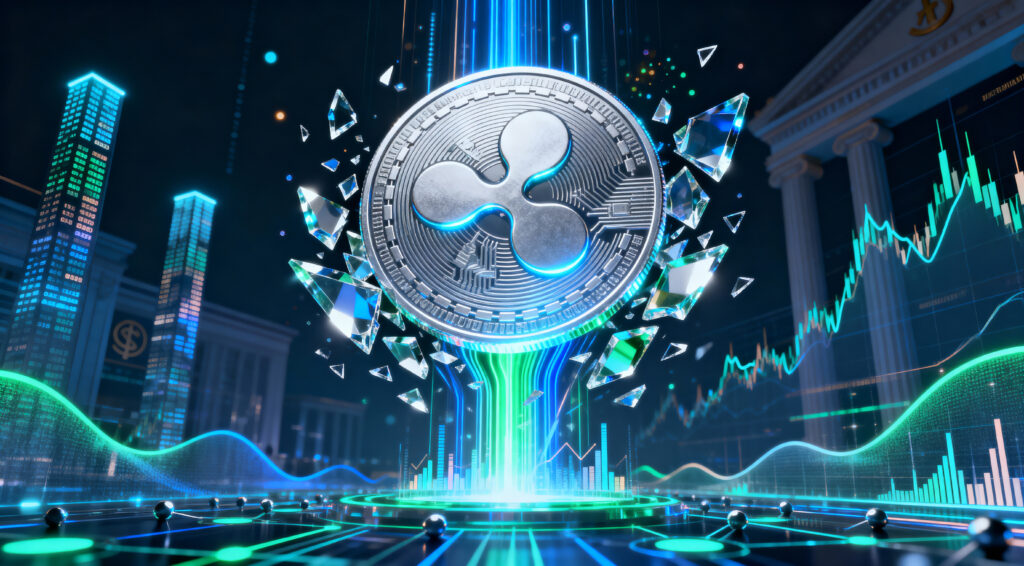The previous day had marked history for the US stock market, but it took a sharp downturn on Thursday. As the market entered into a sell-off rhythm, all the trading gains from the previous day were erased. The adrenaline initially provided by Trump pressing the pause button on tariffs for some trading partners was immediately tempered by the furiously negative dial the Trump Administration set for trade relations with China.
Major Indices Plunge As A Result Of A Swift And Extremely Severe Downturn
Stocks within the S&P 500 (GSPC) dropped over 5%, further exacerbating the damage from the day prior. The technology-centric index Nasdaq Composite (IXIC) incurred an even larger loss, falling to almost 6%. It was not only the S&P 500 that saw losses; the Dow Jones Industrial Average (DJI) also suffered a considerable loss, dropping almost 1,800 points, which surpasses the 4.5% mark. With the sentiment of investors, the 10-year treasury yield (TNX) also witnessed a drop to 4.37%, which illustrates the rise in demand for treasury bonds.
The Factor: Escalating Trade Confrontation with China
Stemming from the update on tariff numbers that the White House published, this was the determining event for the reaction from the stock market. The figure revealed the total increased levies on goods from China reached 145%, up from the 125% figure that was previously stated. This spells direct confrontation from the US to China. It launches sweeping panic with regard to possible repercussions on the economy.
Although the extreme volatility on Wall Street has been very concerning over the past few days, the most recent decline in the market does, however, highlight the sharp reversal. The previous day’s rally, which was one of the largest in the last fifty years, was driven by optimism following Trump’s announcement about a pause on major tariffs with a host of trading partners. However, relief was short-lived as focus turned towards the ever-increasing conflict with China.
Rabobank analysts captured the prevailing market sentiment, stating, “As guys were concerned, the trade war has now engaged in direct hostilities between the US and China… We could again be seeing simultaneous escalation and de-escalation pulling markets in different directions,” emphasizing the lack of focus on the declining tensions between China and America.
Even with the suspension of some tariffs, JPMorgan analysts further highlighted that the health of other segments does pose a significant challenge to the United States economy. They characterized Trump’s decision as “simply the end of the beginning,” which, under about stronger elements of his trade policy overhaul, still stands in effect.
Beyond the China-United States Trade War: Lingering Tariff Threats
The other policies include a baseline 10% tariff on most trading partners, 25% taxes on imports of steel and aluminum, and 25% taxes on imports of cars. Some analysts believe that these policies are likely to still result in some adverse consequences, such as increasing costs for consumers and economic stagnation.
The Consequences for Businesses and Consumers: A Price Increase Forecast
The newly imposed tariffs are expected to increase the cost of Chinese goods, which will also result in American citizens paying more for the products. This shift will create a burden of inflation while reducing consumer expenditure and economic advancement.
Geopolitical Economic Consequences: A Contagion Effect
The trade rivalry between the United States and China also affects the international economy. The two nations are the biggest economic players and their business dealings influence citizens and companies around the region and the world. A prolonged trade conflict would first create delays in global supply chains. International business dealings would decline. Economic development for other nations would stagnate, creating a domino effect.
A Market on Edge
The market tremors stemming from Thursday’s sell-off indicate that investors are particularly worried about the impacts of Trump’s trade war policy with China. As it stands, the U.S. economy, along with global markets, remains unstable and volatile, thus harder to predict with the continuous threats of disruption brought about by further trade conflicts.















